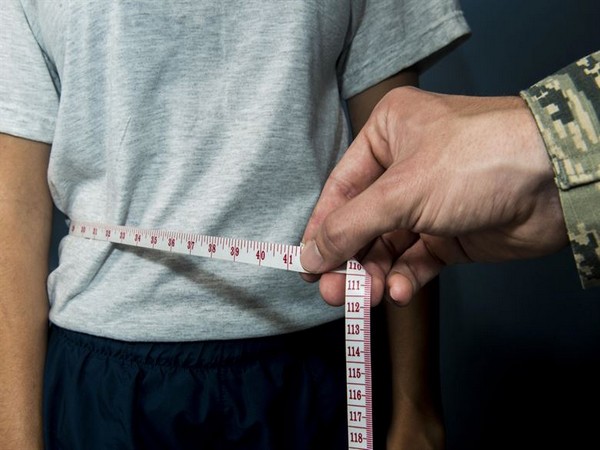Knowing your waist circumference is great for understanding your health. Measurement of your waist size is not about fitting into your clothes; it’s a real, science-backed way of measuring your risk for having health issues like heart diseases, diabetes, and others.
Your waist size will give you an estimate of your abdominal fat, which is sometimes a good indicator of health risks compared to BMI. Increased abdominal fat is associated with grave conditions such as cardiovascular diseases, diabetes, and metabolic syndrome. Understanding and following your waist size can aid in the early detection of potential health risks, so it is a vital measure of health to be monitored.
Also Read:
Instantly Lower Your Stress Levels with 5 smart moves
Tools You’ll Need to Measure Accurately
Accurate waist measurement only requires a few basic tools, yet they are crucial for reliable results. Here is what you will need:
- Measuring Tape – Flexible, non-stretchable tape is ideal.
- Mirror – To help ensure proper tape placement.
- Notebook or App – Record your measurements to track changes over time.
Using the right kind of tape is very important. One should look for a piece that is flexible, should not be stretchy and usually resemble fabric or vinyl; must be made from material aside from metal or very rigid so you would not suffer from false reading results for they might break, bent, or bent over; and the correct width with regards to width that suits around the waist snugly.
Measuring Your Waist Circumference How-to Guide
Measure-ready? Here is how, step-by-step:.
- Stand Up Straight – Stand with feet together.
- Breathing Should Be Normal – Avoid sucking in your stomach, or holding your breath; these can cause skewed results.
- Wear Light Apparel – Measurement is preferably taken above thin apparel or over the skin directly.
How to Hold Measuring Tape Correctly
- This one is relatively simple: get your waistline – it is the thinnest part of your stomach, above the navel and below the ribs.
- Tape Around – Hold the tape around the waist more parallel to the floor without twisting the tape.
- Relax and Record – Once placed, relax, breathe out, and take the reading.
Tips for Accurate Measurement Results
To gain the most reliable reading:
- Do Not Measure after Eating – Food will temporarily puff up your waist.
- Measure at the Same Time Every Day – Consistency helps track changes over time.
- Check the Position of the Tape in the Mirror – A glance in the mirror will make sure the tape has not shifted or twisted.
Your Waist Circumference Results
Now that you have the waist measurement, you should be aware of how to decode it. Waist sizes vary, and each size carries its respective health risks, primarily with respect to gender and body type.
Health Risks According to Waist Size
Normally, according to health recommendations:
- For Men: The measurement of more than 40 inches or 102 cm makes a person’s health at risk.
- For Women: The measurement of more than 35 inches or 88 cm makes a woman’s health at risk.
These measurements serve as a guideline, and a larger waist girth is more dangerous in terms of health. There is always a necessity to review your results with a professional healthcare provider before making suggestions.
Practical Tips that Can Help Lower Waist Measurement
If your waist measurement lands you in a risk pool for a certain health disease, then use the tips below to reduce belly fat or shrink your waistline:
- Taking a balanced diet – Your diet should focus on providing you with whole foods that come with a lot of fiber yet less refined sugars.
- Regular Exercise – Have a mix of both cardiovascular and strength training to melt the fat around your stomach.
- Reduce Stress – Since too much stress makes you store fats around your tummy because of cortisol, try to reduce as much as possible.
- Quality Sleep – Aim for 7-9 hours sleep because the lesser you sleep, the more influence that will have on storing the fats.
- Hydration – Drinking water keeps your hunger in control and improves the digestion system.
By following all these tips, you can continuously reduce your waist size along with your overall health profile.


